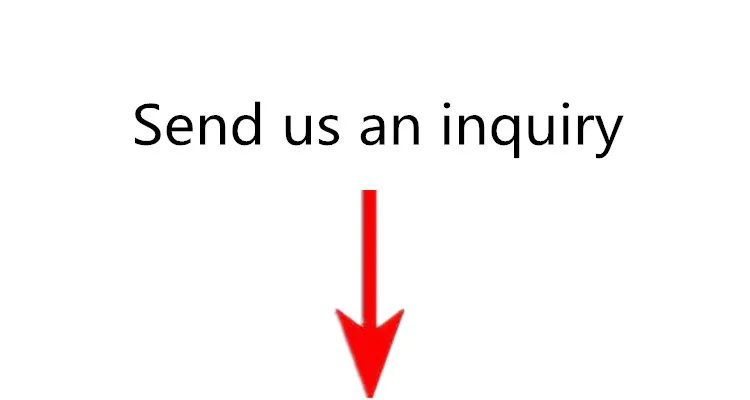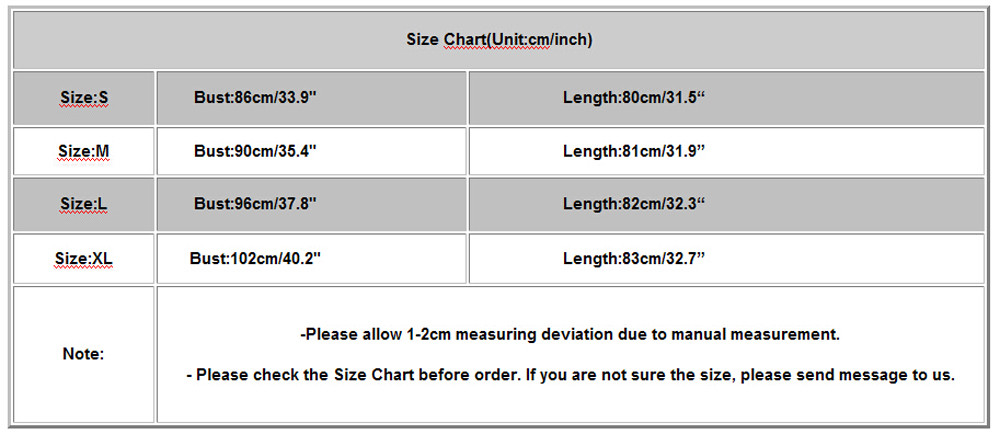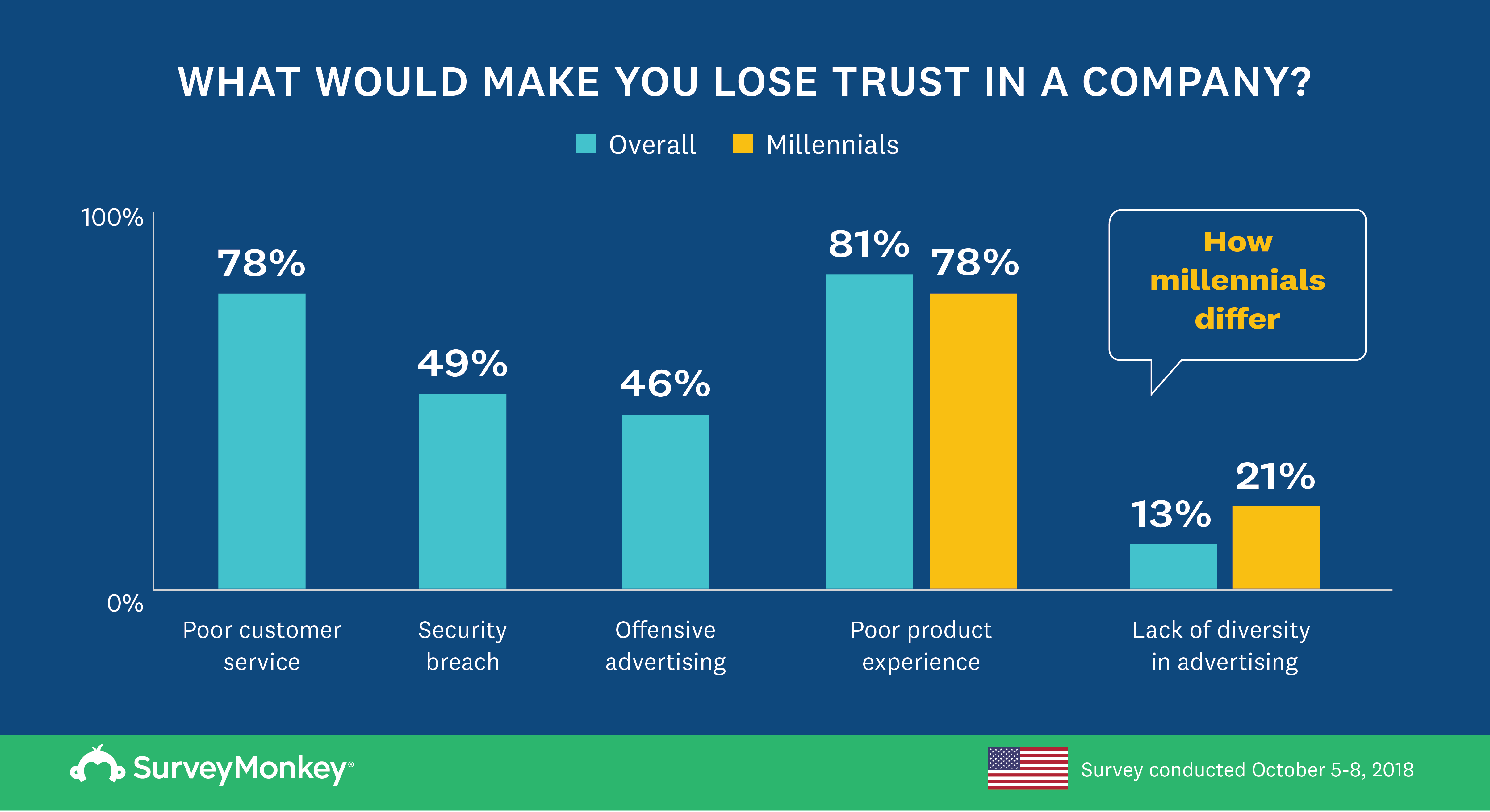Understanding Unsubsidized Loans vs Subsidized Loans: Which One is Right for You?
Guide or Summary:Subsidized loans are federal student loans offered to undergraduate students who demonstrate financial need. The government pays the intere……
Guide or Summary:
#### Introduction to Unsubsidized Loans vs Subsidized Loans
When it comes to financing your education, understanding the differences between unsubsidized loans and subsidized loans is crucial. Both types of federal student loans can help you pay for college, but they come with distinct features that can affect your financial future. This article will delve into the key differences, benefits, and drawbacks of each loan type to help you make an informed decision.
#### What are Subsidized Loans?
Subsidized loans are federal student loans offered to undergraduate students who demonstrate financial need. The government pays the interest on these loans while the student is enrolled in school at least half-time, during the grace period after graduation, and during deferment periods. This means that the total amount you owe will not increase while you are in school, making subsidized loans a more affordable option for many students.
#### What are Unsubsidized Loans?
In contrast, unsubsidized loans are available to both undergraduate and graduate students, regardless of financial need. With these loans, the borrower is responsible for paying the interest from the moment the loan is disbursed. If the interest is not paid while the student is in school, it will accrue and be added to the principal balance, increasing the total amount owed. This can lead to a larger financial burden upon graduation.
#### Key Differences Between Unsubsidized Loans and Subsidized Loans

1. **Eligibility**:
- Subsidized loans are only available to undergraduate students who demonstrate financial need based on the FAFSA (Free Application for Federal Student Aid) results.
- Unsubsidized loans can be accessed by both undergraduate and graduate students, and do not require proof of financial need.
2. **Interest Payment**:
- With subsidized loans, the government covers the interest while you are in school, which can save you a significant amount over time.

- For unsubsidized loans, you are responsible for all interest payments from the time the loan is disbursed.
3. **Loan Limits**:
- The amount you can borrow with subsidized loans is generally lower than with unsubsidized loans. Subsidized loans are capped based on your year in school and your financial need.
- Unsubsidized loans have higher borrowing limits, which can be beneficial for students who need additional funds.
4. **Repayment Options**:

- Both types of loans offer similar repayment options, including income-driven repayment plans, but the total amount owed may differ due to interest accrual.
#### Conclusion: Which Loan is Right for You?
Deciding between unsubsidized loans and subsidized loans depends on your financial situation and educational goals. If you qualify for subsidized loans, they are generally the better option due to the government covering interest while you are in school. However, if you do not qualify or need additional funds, unsubsidized loans can still provide valuable financial support.
Before making a decision, it’s advisable to carefully consider your financial needs, the total amount you may need to borrow, and how each loan type could impact your long-term financial health. Always consult with a financial aid advisor to explore all options available to you. Understanding the nuances of unsubsidized loans vs subsidized loans will empower you to make informed choices about financing your education.